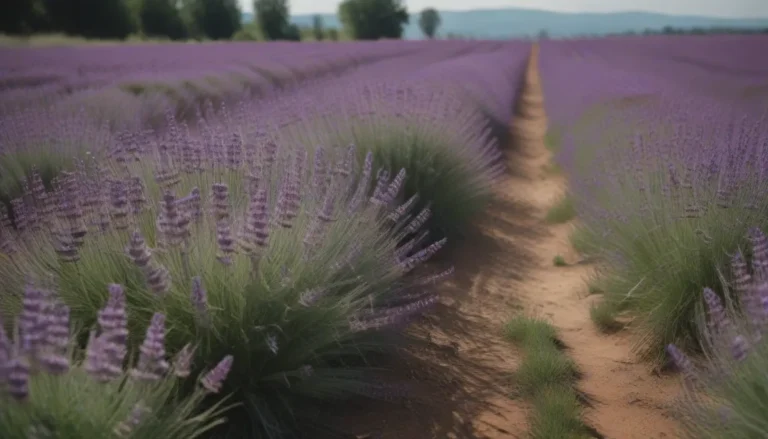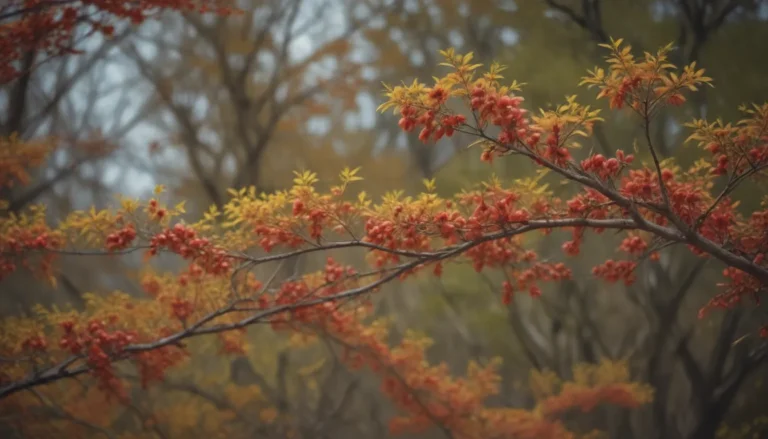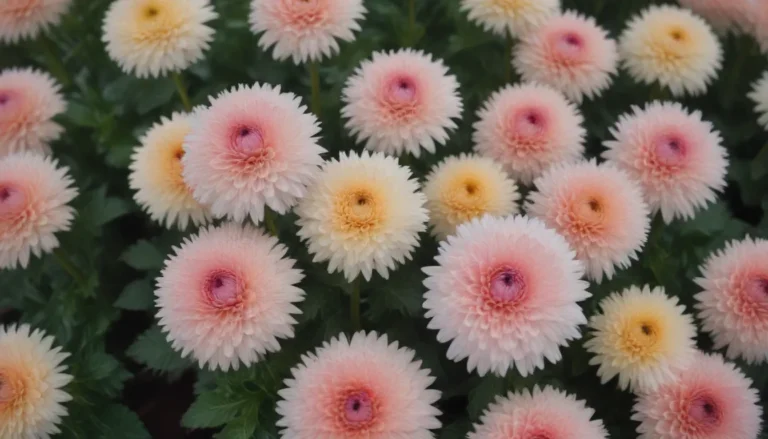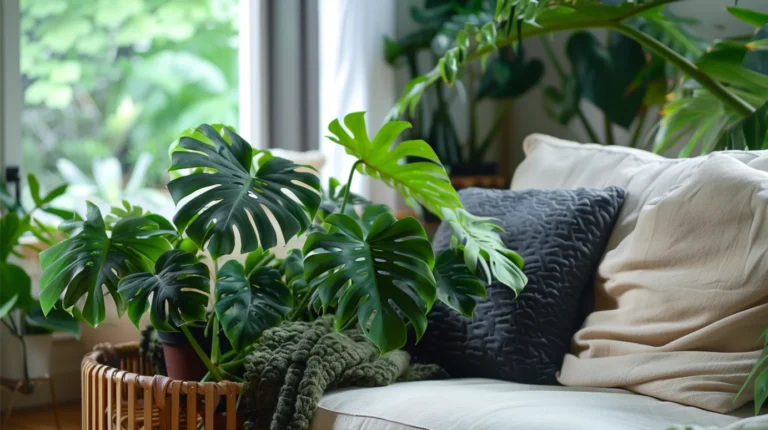The Ultimate Guide to Growing and Caring for BloomStruck Hydrangeas
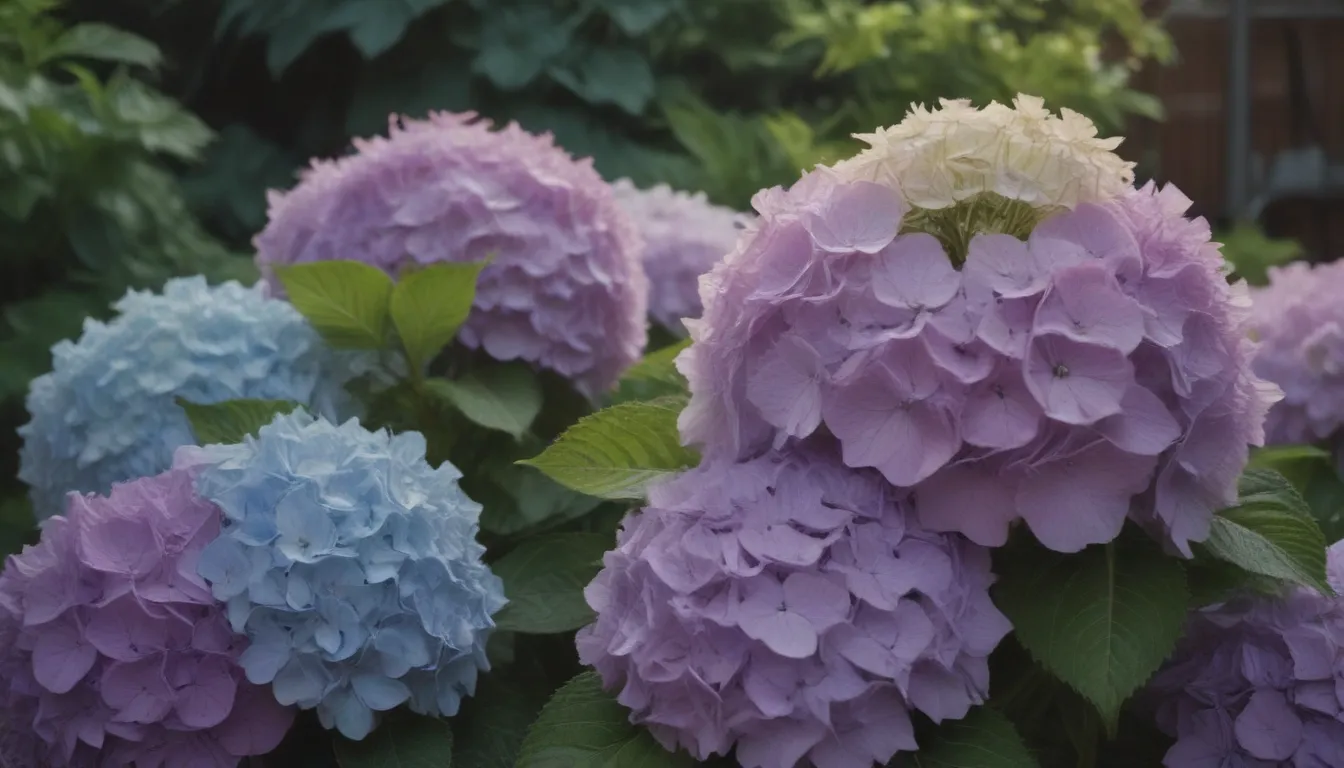
If you’re a fan of hydrangeas, chances are you’ve heard about the beautiful BloomStruck® Bigleaf hydrangea. Part of the popular Endless Summer® series, this cultivar is known for its ability to bloom all summer long, its heat tolerance, and disease resistance, especially to powdery mildew. Unlike other hydrangeas, the bigleaf hydrangea’s soil pH level determines the color of its blooms – acidic soil results in blue blooms, while less acidic soil produces purple or reddish-hued blooms. With its large, mophead-style flower heads, attractive reddish-purple branches, and dark-green leaves, the BloomStruck hydrangea is a fast-growing plant that can be planted in either spring or fall.
In this in-depth guide, we’ll walk you through everything you need to know to successfully grow and care for your BloomStruck hydrangeas. From light and soil requirements to watering, fertilizing, and common problems, we’ve got you covered. So grab your gardening gloves and let’s get started!
BloomStruck Hydrangea Care Tips
Caring for your BloomStruck hydrangea is relatively simple, especially if you’re not particular about the flower color. However, if you want to control the color of your blooms, you’ll need to adjust the soil pH accordingly. Here are some essential care tips to keep your hydrangeas happy and healthy:
Light
- BloomStruck hydrangeas thrive in part shade.
- In northern regions, they can tolerate full sun as long as the soil remains evenly moist. Otherwise, filtered sun or partial shade is ideal.
Soil
- Remember, soil pH determines flower color. Blue blooms require a pH below 5.5, purple blooms need a pH between 5.5 and 6.5, and reddish-toned blooms thrive in soil with a pH above 6.5.
- To enrich the soil and improve drainage, mix in plenty of decomposed organic matter.
Water
- BloomStruck hydrangeas have average water needs when grown in partial shade. Aim for about one inch of water per week, but water only when the soil is dry.
- Avoid overwatering, as it can inhibit blooming. Mulching can help retain moisture in the soil.
Temperature and Humidity
- Endless Summer hydrangeas are hardy in USDA zones 4 through 9. In colder regions, plant them in a sheltered location below zone 6 to prevent winter damage.
- Hydrangeas prefer average to high humidity levels. Outdoor plants typically do well with ambient moisture, but houseplants may require additional humidity.
Fertilizer
- Hydrangeas thrive in fertile soil. Consider enriching the soil annually with compost or manure tea.
- Alternatively, you can use an all-purpose, balanced fertilizer like 10-10-10 NPK. Look for fertilizers with higher phosphorus levels to enhance bloom size and quantity.
Types of Endless Summer Hydrangeas
The Endless Summer brand features a variety of hydrangeas, each with its unique characteristics. In addition to BloomStruck, you may also come across these popular varieties:
- ‘The Original Bigleaf Hydrangea’
- ‘Summer Crush’
- ‘Twist-n-Shout’
- ‘Blushing Bride’
Pruning Tips for BloomStruck Hydrangeas
While BloomStruck hydrangeas bloom on both old and new growth, they technically do not require pruning. However, if you choose to prune, consider the following:
- Prune in the spring as the winter chill eases up. Remove dead, damaged, or diseased stems.
- To promote fullness and branching, consider cutting one or two of the oldest stems down to the base during summer pruning.
- Remember that different hydrangea varieties have varying pruning requirements based on when they set their buds for the next year’s flowers.
Propagating BloomStruck Hydrangeas
As a trademarked cultivar, propagating BloomStruck hydrangeas for commercial purposes is prohibited. However, you can easily propagate most hydrangeas from cuttings for your personal use. Here’s how you can propagate your BloomStruck hydrangeas:
- Take cuttings in early fall using sterilized pruning snips.
- Root the cuttings in soil or water, making sure to remove bottom leaves up to the waterline.
- Once the roots are one to two inches long, transplant the cuttings into well-draining potting soil.
Potting and Repotting Tips
If you choose to grow your hydrangeas in containers, follow these potting and repotting guidelines:
- Use a well-draining potting mix or all-purpose soil mixed with perlite or peat moss.
- When repotting, select a pot that is one or two sizes larger than the current one. Opt for pots with wide, flat bases to provide adequate support for your top-heavy hydrangeas.
Overwintering Your BloomStruck Hydrangeas
In colder climates, BloomStruck hydrangeas may need additional protection during the winter months to ensure their survival. Consider the following tips for overwintering your plants:
- Protect your plants from harsh winds by providing shelter, such as burlap wraps or insulated covers.
- In extremely cold climates (USDA zones 4 to 6), consider insulating your plants with leaves or straw to safeguard them from icy conditions.
Common Pests and Plant Diseases to Watch Out For
While BloomStruck hydrangeas are relatively resistant to powdery mildew, they may still be susceptible to other plant diseases such as bacterial wilt, blight, and leaf spot. Additionally, aphids are a common pest that can affect hydrangeas. To prevent these issues, make sure to:
- Provide adequate spacing between plants to promote airflow and avoid overhead watering.
- Inspect the undersides of leaves regularly for signs of aphid infestation.
- Use neem oil as a natural remedy to ward off aphids and other pests.
Troubleshooting Common Problems
Despite their reputation for being low-maintenance, hydrangeas can experience issues like drooping, yellowing, or browning leaves. Here’s how you can address these common problems:
Drooping Leaves
- If your hydrangea appears wilted on a hot day, resist the urge to water it immediately. This behavior is the plant’s way of coping with heat and will likely improve once temperatures cool down.
Yellowing Leaves
- Yellowing leaves may indicate overwatering, underwatering, or excessive fertilization. Adjust your watering schedule and consider repotting if the plant’s roots are overcrowded.
Browning Leaves
- Brown spots on leaves can signal fungal or bacterial diseases. If caused by excessive aluminum sulfate or fertilizer, flush the soil with water to remove any buildup. Adjust soil pH to achieve desired bloom colors.
By following these care tips and troubleshooting techniques, you can ensure your BloomStruck hydrangeas remain healthy and vibrant for years to come. Remember, these beautiful plants are a worthwhile addition to any garden, offering gorgeous blooms and minimal maintenance requirements.
So, whether you’re a seasoned gardener or a novice plant enthusiast, growing and caring for BloomStruck hydrangeas can be a rewarding and enjoyable experience. With the right knowledge and a little TLC, you’ll be able to enjoy a summer filled with beautiful, colorful blooms from these stunning hydrangeas. Happy gardening!

